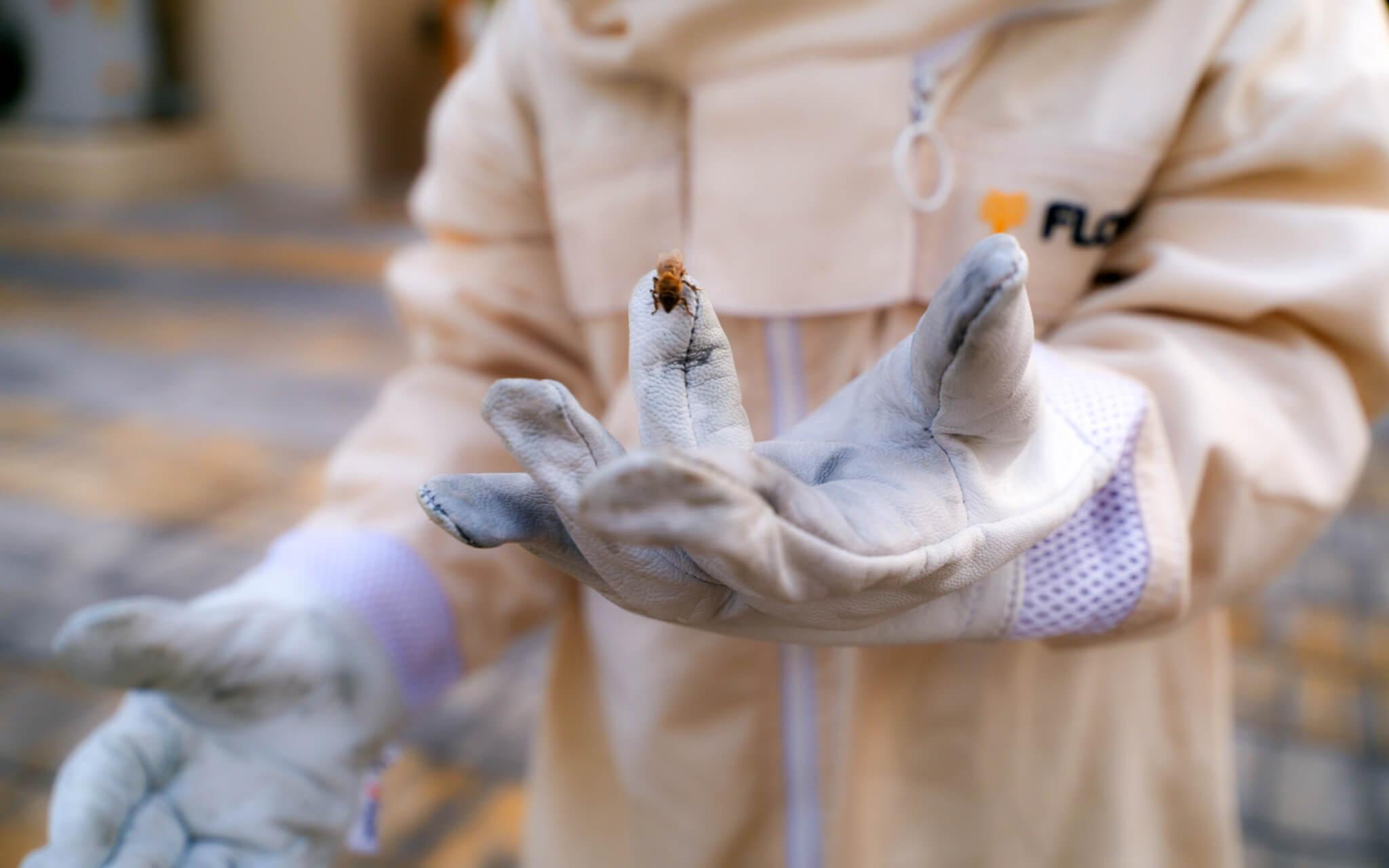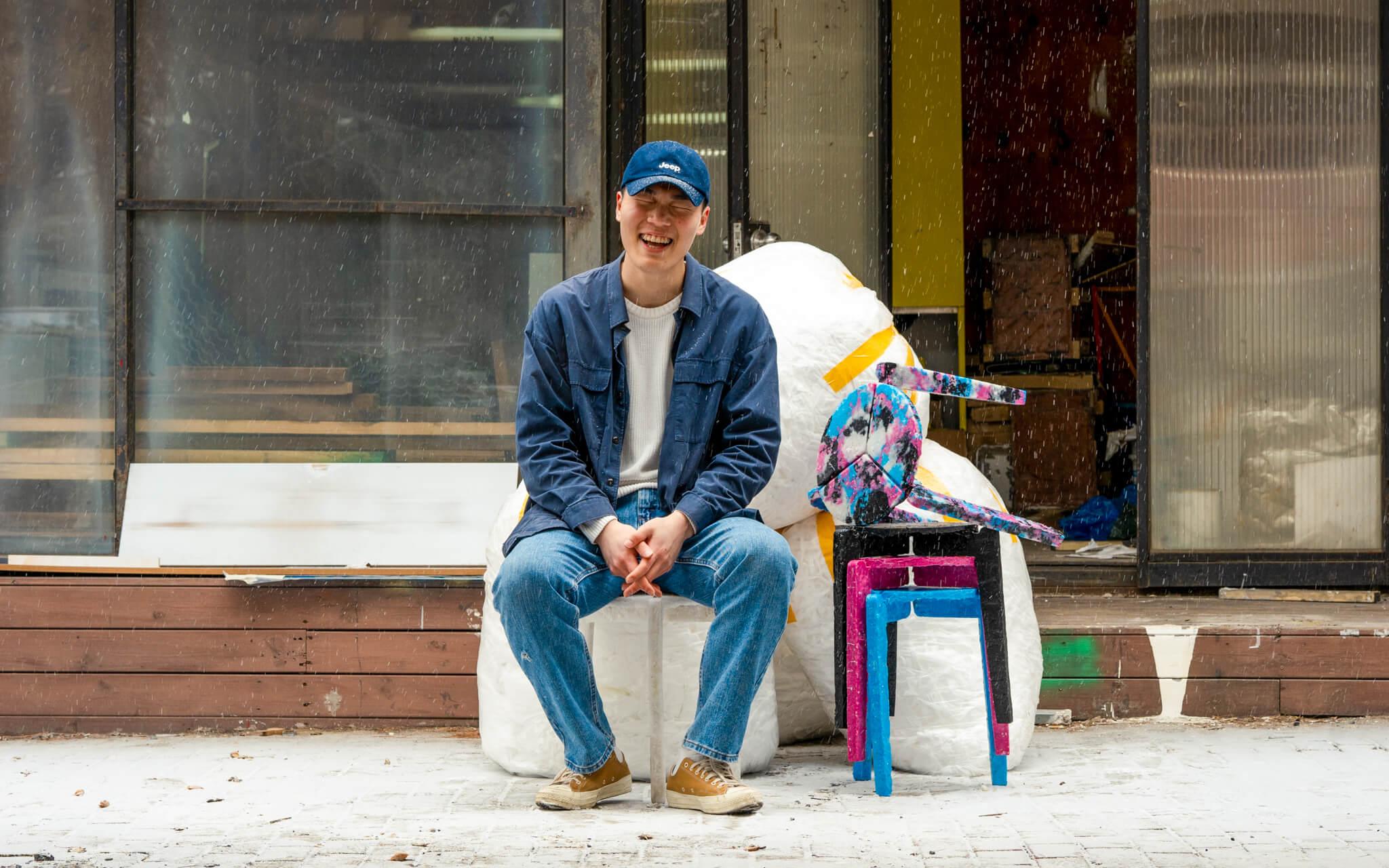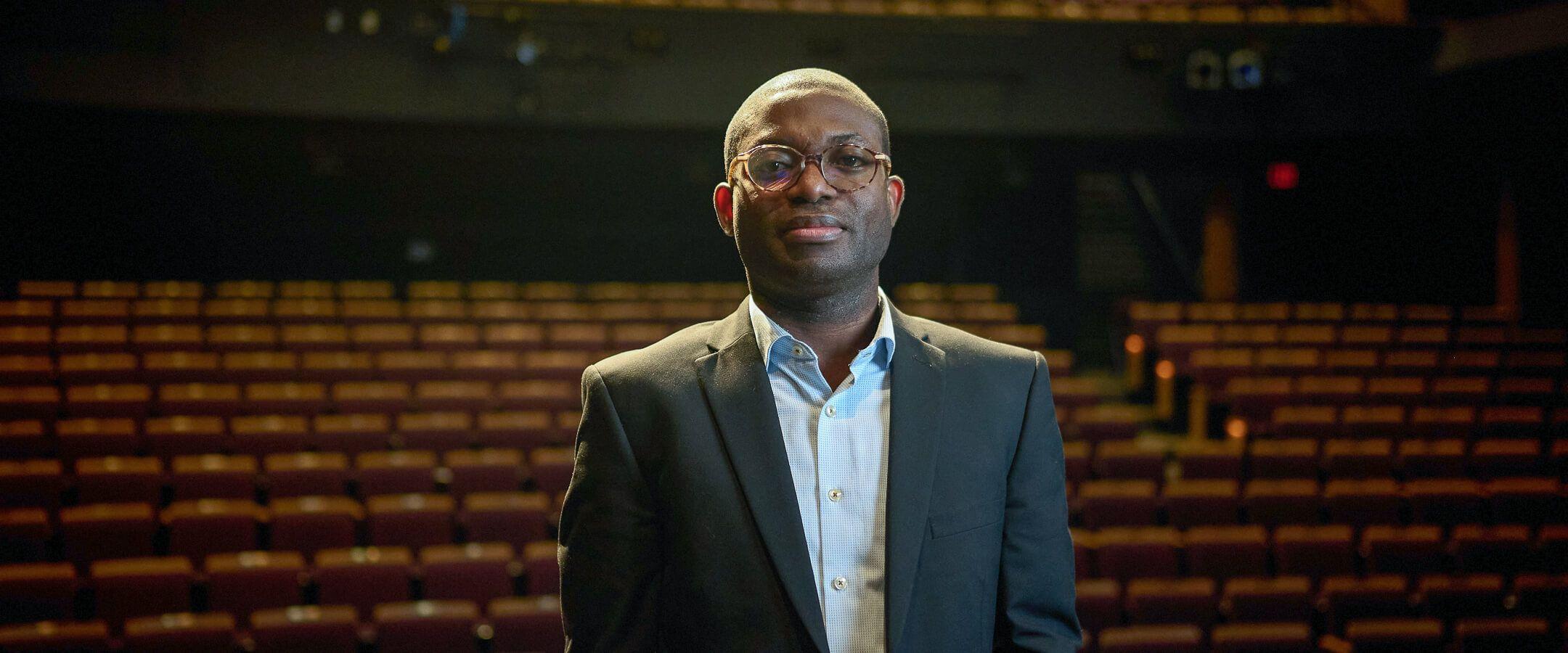Weaving Pocket Forests into City Tapestries
SUGi is reimagining the world. By planting a network of rich, biodiverse “pocket forests” on previously barren urban land, SUGi is turning cities into ecological utopias where humans and native wildlife thrive.
In April 2024, a small yet profound revolution germinated in the soil of Roosevelt Island, New York City. Over 400 volunteers joined hands to bring a baby forest to life, planting more than a thousand native trees and shrubs in a 370-square-metre plot in Southpoint Park.
“We start with the soil, then we plant densely, native only, and then we mulch heavily. In two to three years, you really have a self-sustained micro-ecosystem,” explains Elise Van Middelem, founder and CEO of SUGi, an organisation working to reforest urban areas.”The idea is to mimic what was once there.”
The White Pine, New York Fern, Shagbark Hickory and Wild Black Cherry were among the nominee saplings invited to blossom together in their ancestral land, using millennia-old knowledge. SUGi’s team chose over 40 native species after research and consultation with the Lenape Indigenous communities, who were forcibly displaced from present-day Manhattan in the 1600s.
In the famed metropolis, this first-of-its-kind ‘Manhattan Healing Forest’ signified reconciliation—an opportunity for the ancient ecosystems that had once thrived on the land to come alive again.
Elise was ecstatic. Against all odds — a shoestring initial budget, precarious business plans and the COVID-19 pandemic — SUGi had hit a milestone. “You're like, wow, I'm standing here, and we've done 200 of these forests in 52 cities.”
These ‘pocket forests’ are grown using the Miyawaki method, which involves planting numerous native species densely. Developed by Japanese botanist Akira Miyawaki, the technique can yield growth comparable to a 100-year-old forest in as little as 20 years.
“To me, that was very attractive, that idea of not simply planting trees, but really creating microbiomes,” Elise explains.
For Elise, born into a family of farmers in Belgium, being attuned to the ebbs and flows of seasons was second nature. Forests were always her refuge - even as she became a creative brand strategist, leading global projects across continents that sparked public engagement and collective action.
“In times when we were hyper-connected, always on our phones and always under pressure to do things, I would escape to the redwoods (near San Francisco). You enter that sacred, ancient forest, and when you come out, you just feel different. You feel that reconnection and that idea of rewilding.”
In 2018, Elise looked into joining tree-planting initiatives, spurred by the desire to take action to solve the ecological crisis. However, an essential element of considering the whole ecosystem, the complexity of nature, was missing. After witnessing a Miyawaki forest planted by a friend in India, she saw the solution.
Named after her favourite tree (Japanese cedar), SUGi was born in 2019. “What inspired SUGi was the idea of radical transparency, accessibility, and planting where people live and work.
A pocket forest unlocks new narratives for urban dwellers without easy access to nature - Elise believes bringing biodiversity back into our urban interactions also brings communion with nature. For Elise, “Connection should be wild – the whole thing, and that I think we lost.”
To me, that was very attractive, that idea of not simply planting trees, but really creating microbiomes.
It was a confluence of her life’s tributaries - the forests she carried in her heart, her background in public art installations and her love for creating hyper-local spaces that fuelled SUGi.
Starting with a small team, she worked with grassroots communities and institutions, such as councils, schools, and corporations. SUGi went on to build a global network of ‘Forest Makers,’ trained through fellowships to plant Miyawaki forests in their own neighbourhoods.
SUGi’s Miyawaki forests would give green deserts a new life - a symbiotic panacea for urban landfills, barren land, parking lots, grey pavement, and lawns. In the face of a 12% decrease in global forest cover since 2000 and decreasing biodiversity, SUGi’s forests offer innumerable benefits to local communities: purifying the air, providing natural cooling that can reduce urban heat by up to 25°C, providing green spaces, food and medicinal herbs, a shared community space, and climate resilience.
“We plant in hospitals, we plant in correctional facilities, we plant always with and for the people,” Elise says.
Of the more than 235 pocket forests planted by SUGi to date, 166 were planted with children or youth through numerous school programs. “That idea was for children to reconnect with nature, to have their hands in the soil.”
As native species grow on the land they have adapted to over millions of years, resilient relationships bloom – between trees, soil, fungi, birds, pollinators and people. The impacts are already clear: London became home to 26 pocket forests in just four years, which remained resilient despite a drought in 2022. In Cameroon, they rewilded a deforested water catchment. “The water tables rose to such a point that we had to install solar panels and pump the water to another village,” Elise says proudly.
In 2024, a declaration by the G20 Global Land Initiative acknowledged the vast potential of the Miyawaki forests to address the ecological crises. The Manhattan Healing Forest, for example, is expected to act as a living barrier against floods and erosion, protecting the land.
It’s not hard to imagine a future where we welcome native wildlife back to their homes and rightful places - by our side.
Elise believes these urban forests provide havens for all life, restoring the ancient bonds that protect us all.
Most Popular
The Climate Tribe delivers stories about Biodiversity and Conservation, Circular Economy, Food and Water , and how they intersect with climate.
Subscribe
Get the latest stories inspiring climate action around the globe straight to your inbox.






